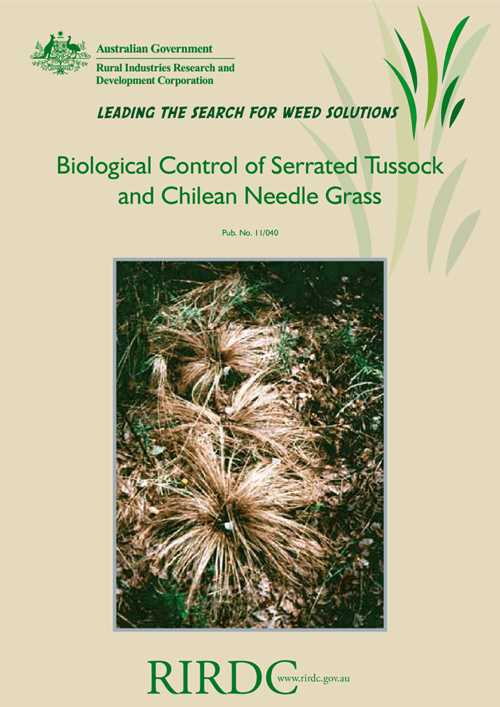Nassella trichotoma (a perennial drought-resistant tussock grass) and N. neesiana (Chilean needle grass, a long-lived tussock-forming grass) are serious agricultural and environmental weeds in Australia and New Zealand and are Australian weeds of national significance.
A biological control program was initiated in Argentina during 1999 and, after several years of detailed field exploration, several potential biological control agents were identified for both N. trichotoma and N. neesiana.
To date the most promising agent is U. pencanus since thus far it has been host specific, it is easy to mass rear, its spores can be frozen for later use, and it can be very damaging to N. neesiana populations in the field. If current host specificity testing continues to be successful, the next phase of this project will involve importation of U. pencanus followed by mass rearing, release and evaluation in Australia and New Zealand.





